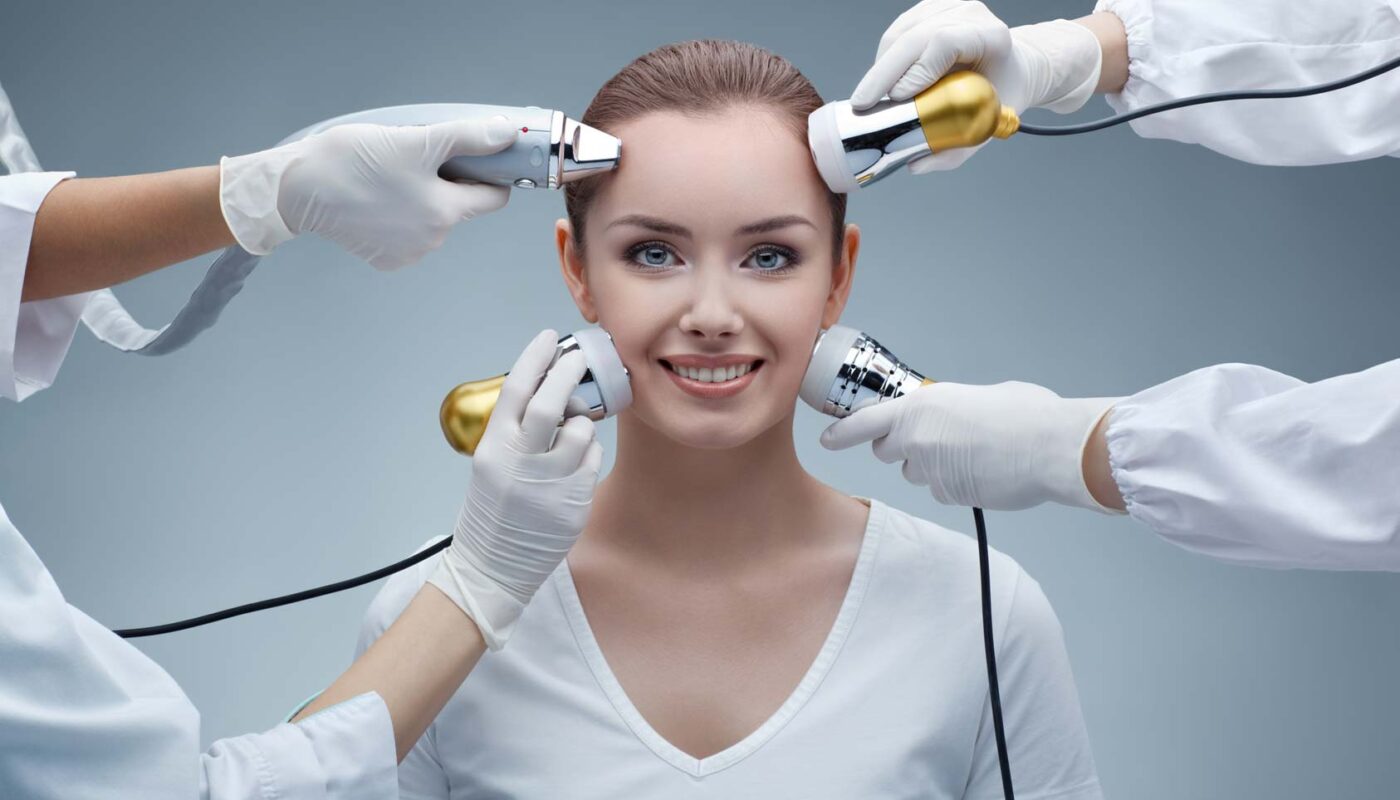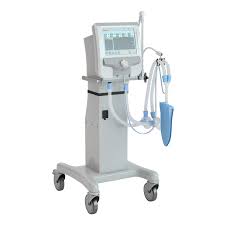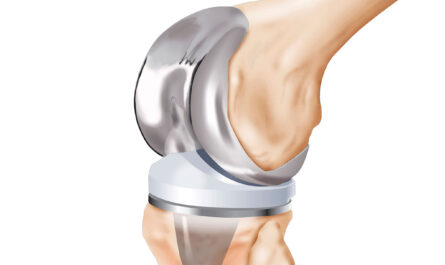Introduction
In the world of beauty and anti-aging treatments, medical aesthetic devices have become tremendously popular over the past decade. From minimally-invasive procedures to treatment of fine lines and wrinkles, these advanced tools and technologies are transforming the medical aesthetic industry. Let’s take a deeper look at some of the most commonly used medical aesthetic devices and their growing role in rejuvenating people’s appearance.
Energy-Based Treatment Devices
One of the largest categories of medical aesthetic devices are energy-based systems that use different types of energy sources to stimulate collagen production and skin tightening. Some of the most popular energy-based devices include:
Laser Skin Resurfacing Devices: CO2 and erbium lasers continue to be effective weapons in the battle against aging skin. By vaporizing the epidermis in a controlled manner, these lasers stimulate collagen regeneration for a smoother complexion with reduced wrinkles, scarring and skin laxity. Fractional laser resurfacing allows for faster recovery times.
Radiofrequency Devices: Systems such as Thermage FLX, Infini and Fractora use radiofrequency energy to generate heat deep underneath the skin’s surface. This stimulates fibroblast activity for noticeably firmer and lifted skin over the entire face and body. The results are comparable to a mini facelift without surgically lifting tissues.
Ultrasound Devices: High-intensity focused ultrasound (HIFU) machines like Ultherapy deliver ultrasound energy at precise depths to lift and tighten skin naturally. Many devices can now treat multiple treatment areas all in one session. HIFU is ideal for tightening jawlines and lifting brows without any recovery time.
Light Therapy Devices: IPL or intense pulsed light treatments use specific light energies to reduce pigmentation issues, treat rosacea or remove spider veins and redness. LED light therapy provides anti-inflammatory benefits for acne-prone skin. At-home devices enhance treatments administered in medical offices.
Injection Treatment Devices
The second major class of Medical Aesthetic Devices are used to administer popular injectable therapies. Precise injection techniques and customized dosage volumes require user-friendly delivery systems. Common injector systems include:
Dermal Fillers: Hyaluronic acid and collagen-based fillers restore lost volume to erased frown lines, cheek depressions and thinning lips. Many practitioners prefer cannula delivery systems for minimizing pain and maximizing precision when replacing volume in thin skin areas.
Botulinum Toxin: Treatments with botulinum toxin Type A, best known as Botox Cosmetic and Dysport, temporarily paralyze underlying muscles to relax expressions lines and prevent further wrinkling. Pen-like applicators charge doses and their controlled injection gauges depth placement.
Fat Dissolving Injections: New generation mesotherapy cannulas permit dermatologists to break down small fat deposits with deoxycholic acid or phosphatidylcholine injections for local contouring of double chins, love handles and bra bulges.
Combination Treatment Devices
Manufacturers now market combination devices that can perform multiple modalities simultaneously. These convenience-oriented systems include:
RF Microneedling Devices: Rollers outfitted with hundreds of fine radiofrequency needles rejuvenate skin through controlled dermal puncture combined with thermal energy to boost collagen. Perfect for fading scars and evening skin texture.
Multi-Modality Platforms: Hybrid tables amalgamate laser, light, ultrasound and injector functions to revitalize several treatment zones in one convenient session. Ideal for medspas with limited space. Patients love one-stop rejuvenation experiences.
At-Home Devices: Low-level laser, LED, radiofrequency and microneedling tools designed for personal use at home supplement in-office treatments. Regular maintenance care sustains hard-won aesthetic results between professional treatments. Compliance improves outcomes.
Rising Popularity of Non-Invasive Treatments
As medical aesthetic technologies advance, so too does patient demand for natural-looking yet immediately visible cosmetic enhancements. Thanks to breakthrough devices, many aesthetic goals can now be achieved painlessly and without significant recovery or downtime.
Consumers appreciate refined facial recontouring procedures like thread lifting, laser skin resurfacing, radiofrequency facials and HIFU that tighten skin without cuts or bandages. And minimally-invasive procedures using dermal fillers, toxin injections and injections reduce signs of aging in a lunch break.
Greater accessibility and affordability of treatments fuel this consumer shift away from surgical interventions toward lifestyle and wellness-enhancing aesthetic procedures. And many medspas now house the latest combination platforms for convenient multi-modal face and body rejuvenation services.
As the population experiences increased longevity, medical aesthetic devices will play a bigger role in looking and feeling youthful for longer without going under the knife. Continuous innovation ensures these beauty gadgets grow less intimidating and deliver more precise, natural-looking results each year. With new devices coming to market that simplify popular enhanced appearance rituals, pursuit of the fountain of youth remains firmly in style.
In summary, the rapid growth of the medical aesthetics industry stems largely from remarkable technological advancements developing minimally-invasive yet highly effective aesthetic treatment options. As consumer demand rises for natural, surgical-free rejuvenation therapies, manufacturers respond with increasingly sophisticated yet easy-to-use energy-based systems, injector devices, hybrid platforms and at-home tools. Medical aesthetic devices now enable a new era of personalized anti-aging care that patients enjoy from the comfort of medical offices and their own homes.
*Note:
1. Source: Coherent Market Insights, Public sources, Desk research
2. We have leveraged AI tools to mine information and compile it.



